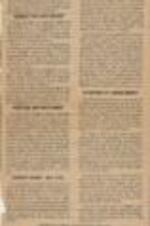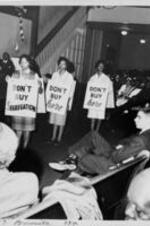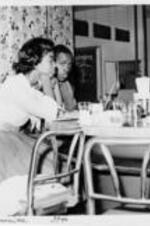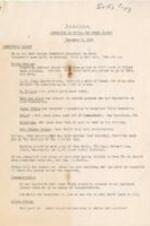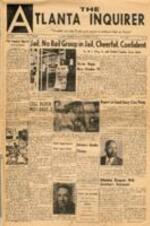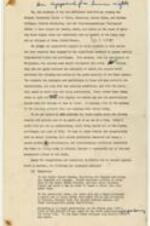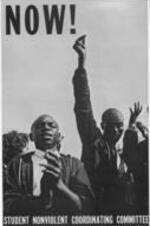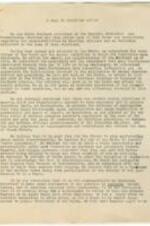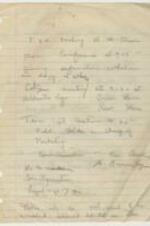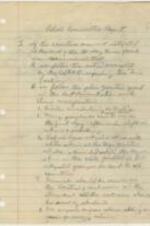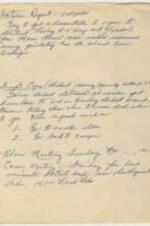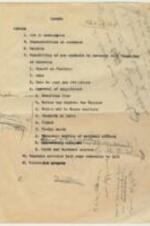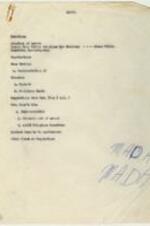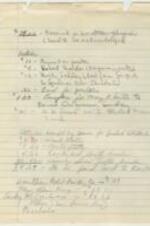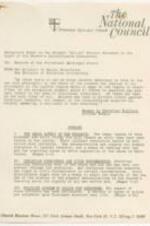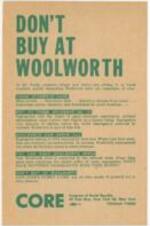Mary Ann Smith Wilson, Ruby Doris Smith Robinson Collection on Student Activism
Mary Ann Smith Wilson, Ruby Doris Smith Robinson Collection on Student Activism
Mary Ann Smith Wilson, Ruby Doris Smith Robinson Collection on Student Activism
Mary Ann Smith Wilson, Ruby Doris Smith Robinson Collection on Student Activism
Mary Ann Smith Wilson, Ruby Doris Smith Robinson Collection on Student Activism
Mary Ann Smith Wilson, Ruby Doris Smith Robinson Collection on Student Activism
Mary Ann Smith Wilson, Ruby Doris Smith Robinson Collection on Student Activism
Mary Ann Smith Wilson, Ruby Doris Smith Robinson Collection on Student Activism
Mary Ann Smith Wilson, Ruby Doris Smith Robinson Collection on Student Activism
Mary Ann Smith Wilson, Ruby Doris Smith Robinson Collection on Student Activism
Mary Ann Smith Wilson, Ruby Doris Smith Robinson Collection on Student Activism
Mary Ann Smith Wilson, Ruby Doris Smith Robinson Collection on Student Activism
Mary Ann Smith Wilson, Ruby Doris Smith Robinson Collection on Student Activism
Mary Ann Smith Wilson, Ruby Doris Smith Robinson Collection on Student Activism
Mary Ann Smith Wilson, Ruby Doris Smith Robinson Collection on Student Activism
Mary Ann Smith Wilson, Ruby Doris Smith Robinson Collection on Student Activism
Mary Ann Smith Wilson, Ruby Doris Smith Robinson Collection on Student Activism
Mary Ann Smith Wilson, Ruby Doris Smith Robinson Collection on Student Activism
Mary Ann Smith Wilson, Ruby Doris Smith Robinson Collection on Student Activism
Mary Ann Smith Wilson, Ruby Doris Smith Robinson Collection on Student Activism
Mary Ann Smith Wilson, Ruby Doris Smith Robinson Collection on Student Activism
Mary Ann Smith Wilson, Ruby Doris Smith Robinson Collection on Student Activism
Mary Ann Smith Wilson, Ruby Doris Smith Robinson Collection on Student Activism
Mary Ann Smith Wilson, Ruby Doris Smith Robinson Collection on Student Activism
Mary Ann Smith Wilson, Ruby Doris Smith Robinson Collection on Student Activism
Mary Ann Smith Wilson, Ruby Doris Smith Robinson Collection on Student Activism
Mary Ann Smith Wilson, Ruby Doris Smith Robinson Collection on Student Activism
Mary Ann Smith Wilson, Ruby Doris Smith Robinson Collection on Student Activism
Mary Ann Smith Wilson, Ruby Doris Smith Robinson Collection on Student Activism
Mary Ann Smith Wilson, Ruby Doris Smith Robinson Collection on Student Activism
Mary Ann Smith Wilson, Ruby Doris Smith Robinson Collection on Student Activism
Mary Ann Smith Wilson, Ruby Doris Smith Robinson Collection on Student Activism
Mary Ann Smith Wilson, Ruby Doris Smith Robinson Collection on Student Activism
Mary Ann Smith Wilson, Ruby Doris Smith Robinson Collection on Student Activism
Mary Ann Smith Wilson, Ruby Doris Smith Robinson Collection on Student Activism
Mary Ann Smith Wilson, Ruby Doris Smith Robinson Collection on Student Activism
Mary Ann Smith Wilson, Ruby Doris Smith Robinson Collection on Student Activism
Mary Ann Smith Wilson, Ruby Doris Smith Robinson Collection on Student Activism
Mary Ann Smith Wilson, Ruby Doris Smith Robinson Collection on Student Activism
Mary Ann Smith Wilson, Ruby Doris Smith Robinson Collection on Student Activism
Mary Ann Smith Wilson, Ruby Doris Smith Robinson Collection on Student Activism
Mary Ann Smith Wilson, Ruby Doris Smith Robinson Collection on Student Activism
Mary Ann Smith Wilson, Ruby Doris Smith Robinson Collection on Student Activism
Mary Ann Smith Wilson, Ruby Doris Smith Robinson Collection on Student Activism
Mary Ann Smith Wilson, Ruby Doris Smith Robinson Collection on Student Activism

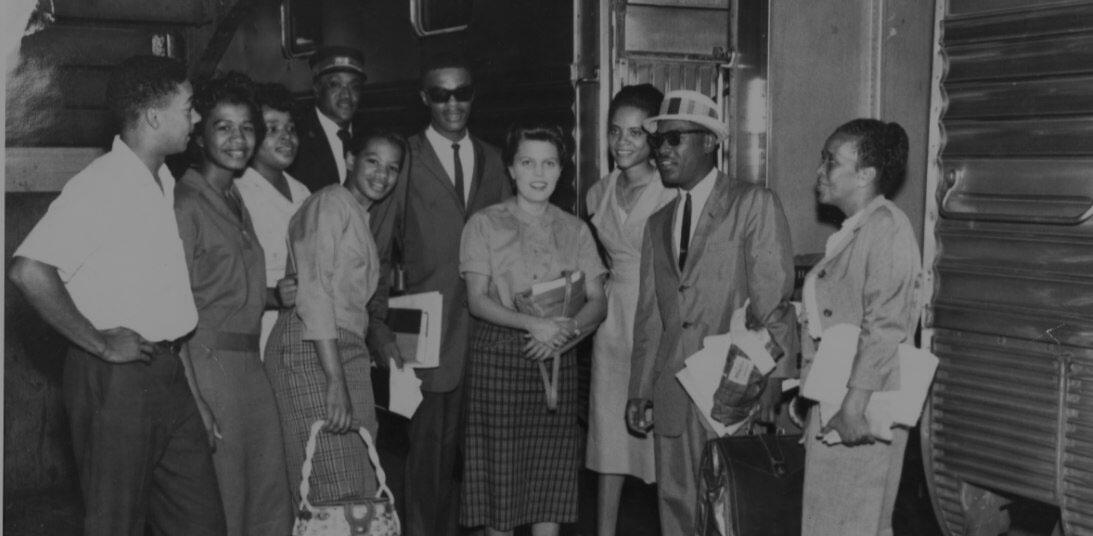
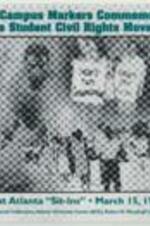
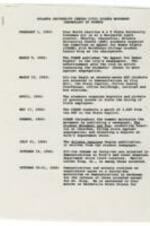
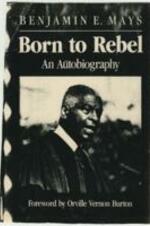
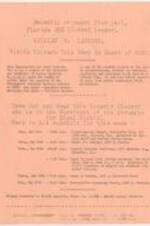
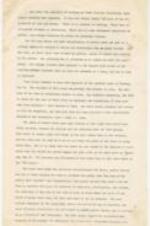
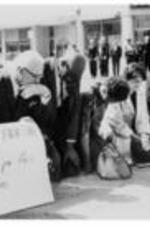
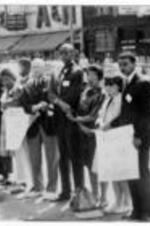
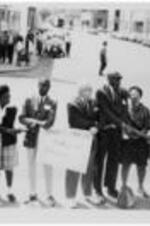
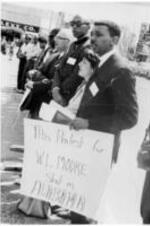
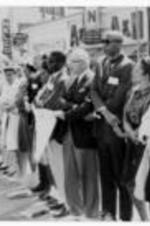
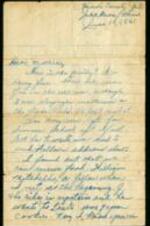
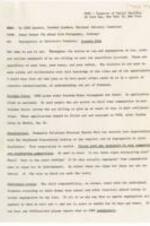
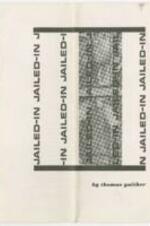
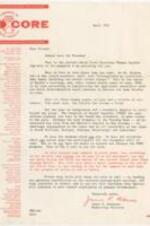
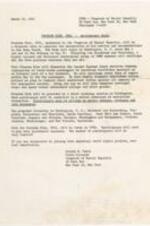
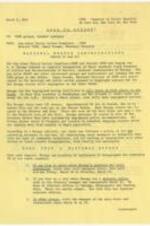
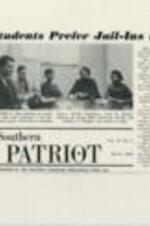
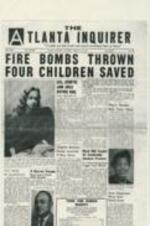
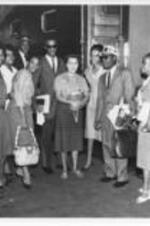
![Ruby D. Smith holds signs with other college students [poor original image quality].](https://radar.auctr.edu/sites/default/files/styles/list_card_image/public/externals/a5e9528961923a527b18b9cdb60e2504.jpg?itok=G07YfNqT&pid=auc.078:0069&iic=true)
![Ruby D. Smith talks with other college students [poor original image quality].](https://radar.auctr.edu/sites/default/files/styles/list_card_image/public/externals/4378f8e734bd14b6f140497728609bfc.jpg?itok=phOxL082&pid=auc.078:0070&iic=true)
